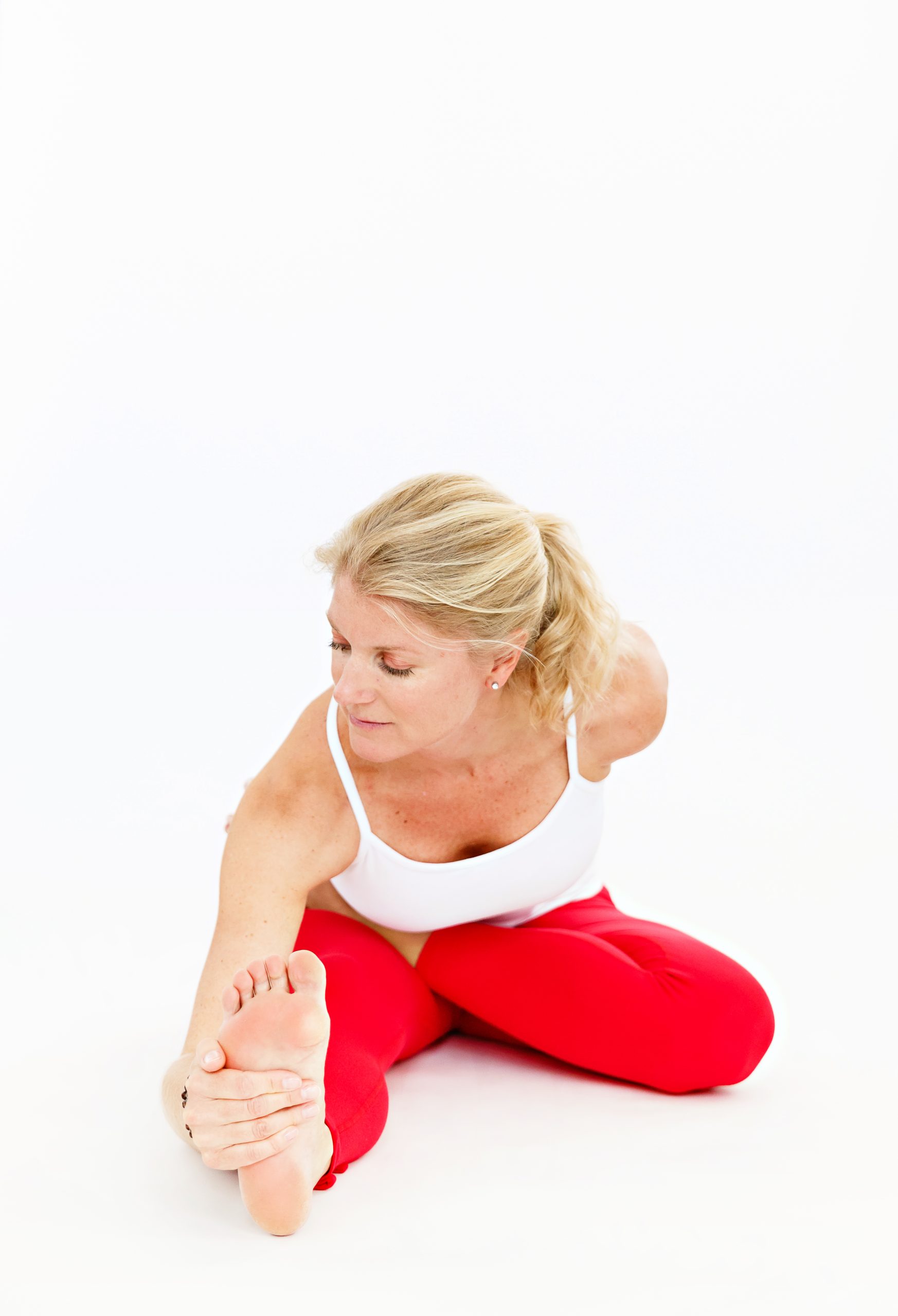
10 Apr Why Hot Yoga is not always so hot
Hot yoga seems to be ‘hot’. When I look at yoga class schedules I often see hot yoga and warm vinyasa on offer. And then, of course, there is the chain of Bikram Yoga studios in which yoga is practiced in a room heated up to 108° F. (42° C.). Lovers of hot yoga claim that the benefits of this practice include an increase in heart rate and metabolism, resulting in burning major calories and – thus – weight loss, as well as increased flexibility. Yet, is this way of practicing yoga indeed a healthy choice for everyone?
There was a time in my life I considered myself a Bikram yoga lover. I would go to class 3 or 4 times a week, to the point I became really ‘good’ at it. I not only elicited public compliments from the teacher (which in itself is contrary to anything yoga stands for as far as I’m concerned, but that is a whole different topic), I also became more and more flexible and I lost a lot of weight (that I really didn’t need to loose). In the aftermath of a dramatic break-up the intense concentration this strenuous practice required got my mind off things I didn’t want to think about. So in that way the yoga was working for me. What I didn’t realize, however, is that it was this same practice that exhausted me, depleted my body, made me cranky, and caused one of my hamstrings to tear.
The claim that hot yoga helps to release toxins from the body and promotes weight loss may be one of the biggest draws for people. Yet, profuse sweating actually doesn’t result in either. Toxins in the body are released through the liver and kidneys, not through perspiring. Perspiration is used to cool the body when it risks being overheated; it is simply trying to maintain homeostasis. What you are loosing, therefore, is water and salts, which can lead to dehydration and the impression that your body has become slimmer. What actually causes the weight loss – at least in my experience – is the fact that you cannot eat anything less than two hours prior to class for the risk of throwing up in the extreme heat, and you won’t be hungry after class for sheer exhaustion, leaving yourself not eating for almost half a day…
Another ‘advantage’ of hot yoga is that it makes your muscles more flexible. Or so it seems. The heat in the yoga studio increases your blood flow, which makes stretching feel easier. However, the length of your muscles and – more importantly – that of your ligaments (that attach bone to bone) doesn’t actually change, as several scientific studies have concluded, which creates a great risk of overstretching. This is exactly how I tore one of my hamstrings, and I didn’t even realize it at the time it happened.
Besides these physical considerations, there is another important reason why the practice of hot yoga is not so ‘hot’ for many people: some constitutions will become imbalanced when (over)heated. Ayurveda, the sister science of yoga, considers three constitutions, or doshas: Vata (air), Pitta (fire), and Kapha (earth and water). Each individual contains all three constitutions, but has a predominant tendency toward one or more. In order to stay healthy – both physically and mentally – the predominant constitution needs to stay balanced. More of the same creates an imbalance. This means that someone with a predominant Vata dosha needs to implement regular moments of rest in order to stay in optimal health. This also means a ‘Pitta person’ needs to remain cool and even-tempered to remain properly balanced. Someone who already has a fiery temperament and is easily irritated, who is ambitious and competitive, and has a tendency to excessive perspiring (all characteristics of the Pitta dosha), should stay away from activities that stoke their fire even more.
A hardworking, career-oriented, professional (I don’t mean to stereotype, but these were more often than not the type of people I saw in my Bikram classes – including myself!) who thinks that balancing a workout with some mind and spirit connection is a good idea, and therefore chooses a hot yoga class, should think again. Adding more heat to an already “hot” constitution has an adverse effect. Irritation, aggression, frustration, impatience, being overly competitive, inflammation, excessive body heat, and skin rashes are all signs Pitta is imbalanced. To balance the Pitta dosha one is much better off by choosing calming and cooling yoga, meditation, fresh air, and time in nature. A practice routine that is well suited for goal-oriented Pitta constitutions would be a high-paced walk outdoors, followed by Yin Yoga (which is both challenging and relaxing) and meditation in a well-aired room.
By no means I am saying that hot yoga is ‘bad’. There are times that this practice works really well for certain people (i.e. people with a Kapha dosha). However, I find that the people that are drawn to these types of classes because they will “get a little more out if it” are exactly the people who are not well served by it. Too much of a good thing isn’t good, even when it’s yoga.